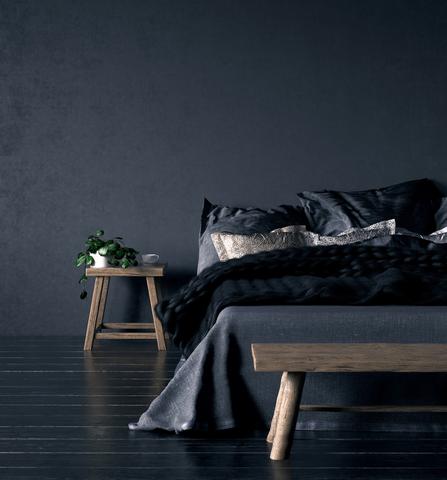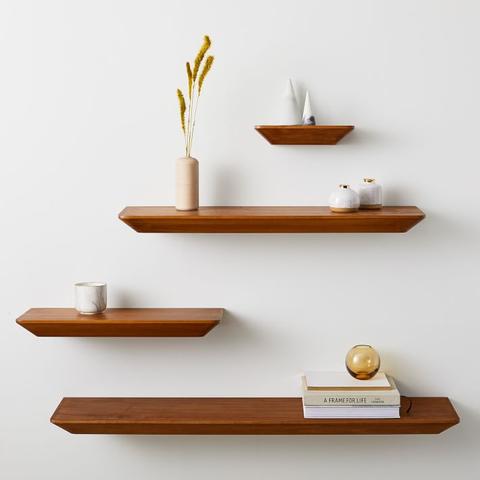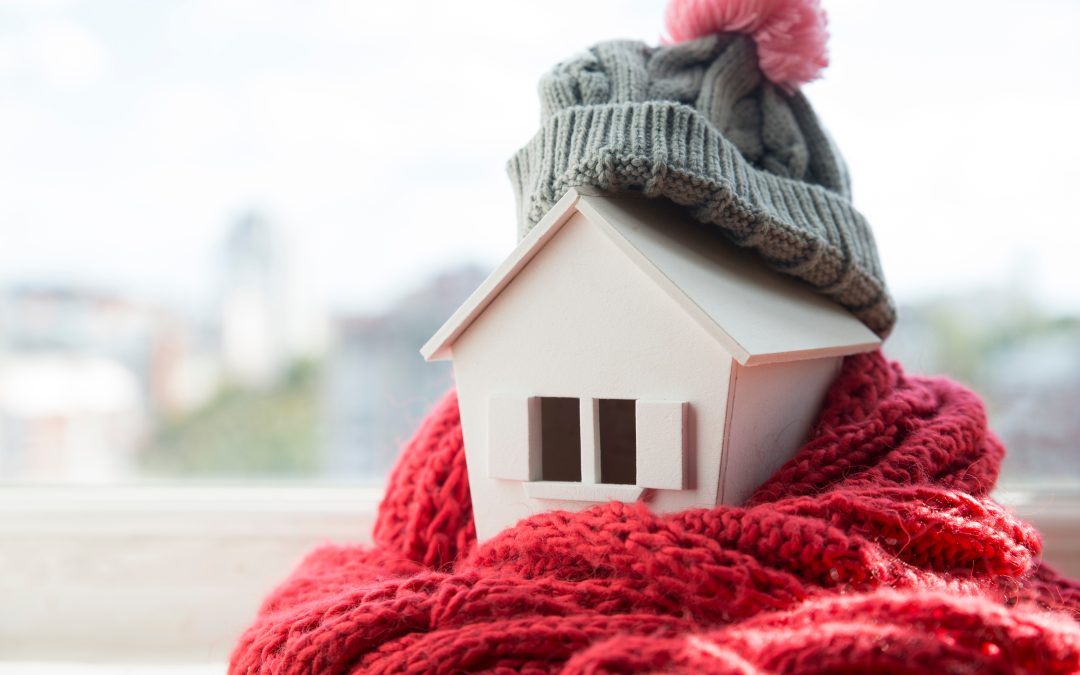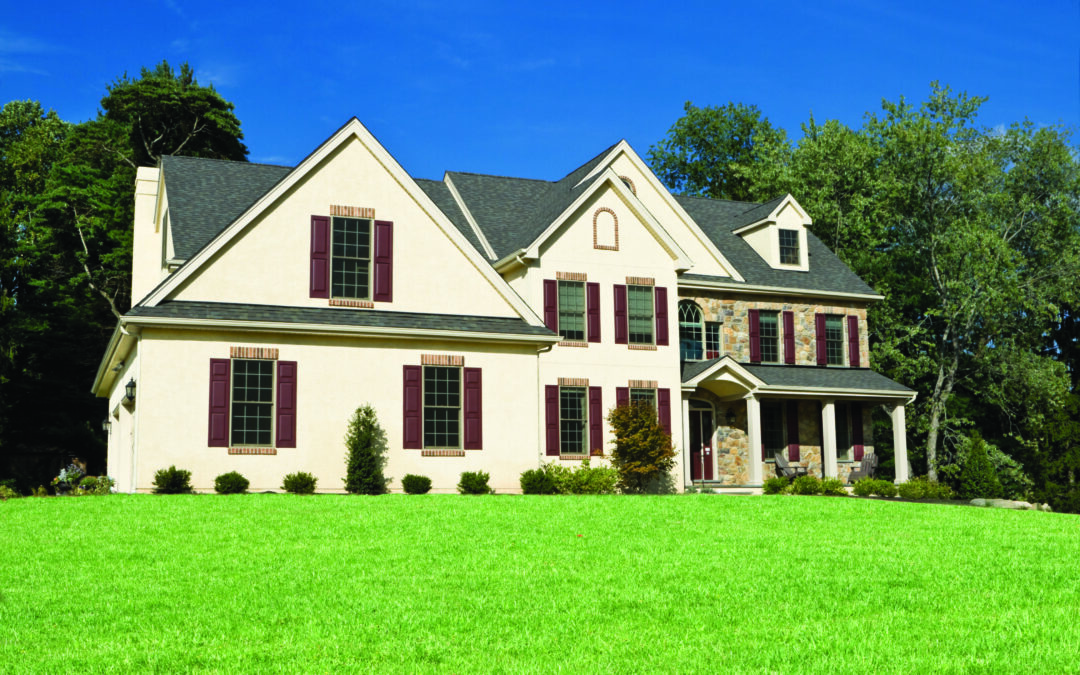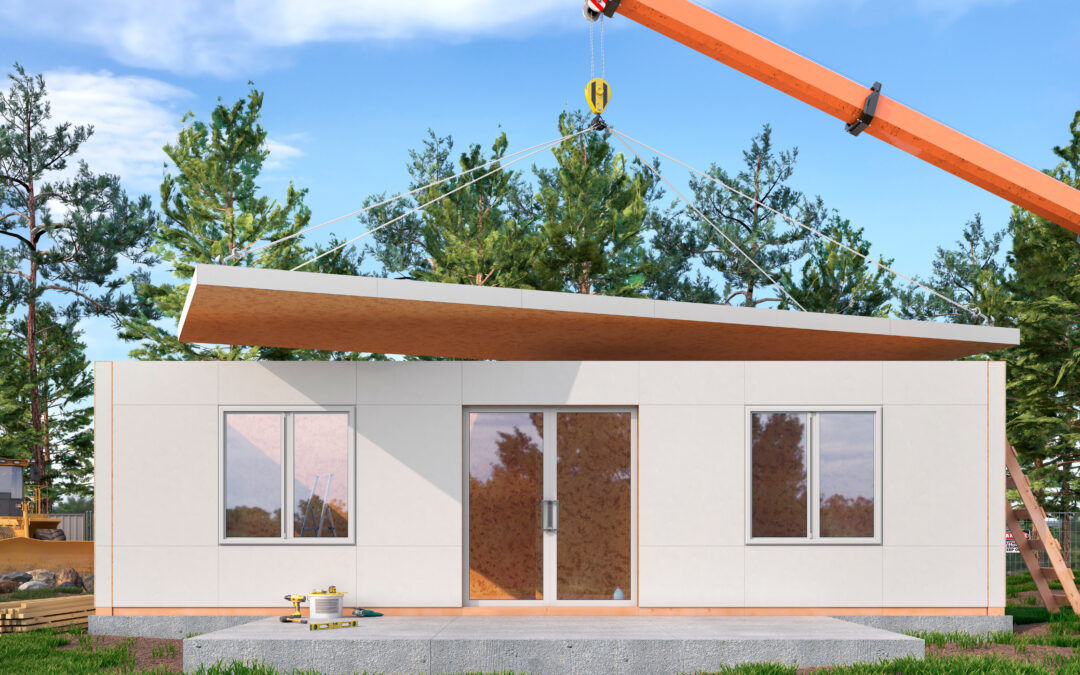Last year, we wrote a blog on the rise of Maximalism, a design style where more is more and bold patterns and saturated colors take center stage. As usual, the pendulum swings. As we look to 2021 and beyond, many are embracing a modern approach to Minimalism or “Human Minimalism,” where interior design is centered around the experience and sensory emotion generated by a space, with a keen eye toward nature, color, and light.
Believe it or not, Maximalism and Minimalism have a common thread: the curation of meaningful things — from your favorite animal print to sourcing sustainable materials. They just show their love in different ways.
Because society and culture profoundly influence design, there seems to be a longing for simplicity — a stripping down of over-manufactured and “throwaway” items — and a more intense focus on quality materials, craftsmanship, and emotional connection.
Minimalism is proven to have a positive psychological impact on our brains. When esthetics are stripped down to the bare essentials, they each take on a well thought out purpose and place.
Minimalism is a philosophy that requires a dramatic and conscious change in lifestyle.
Be aware: the initiation into this minimally styled world involves discipline — and some serious purging of material belongings to shift that awareness to our values, nature, and a lifestyle where “being” overrides “having.” By regularly asking, “Does this add value to my life?” people are left with possessions that either serve a purpose or bring joy.
